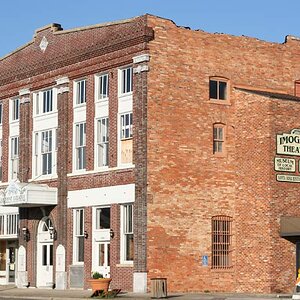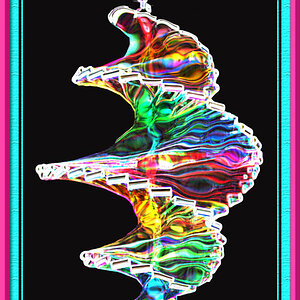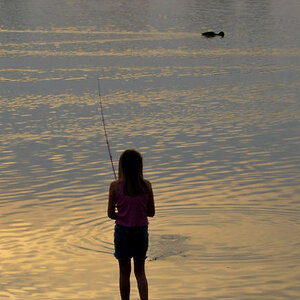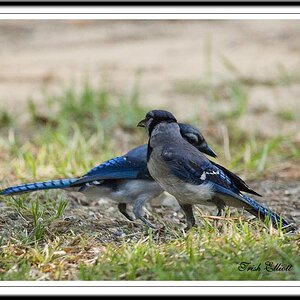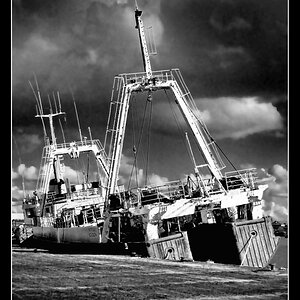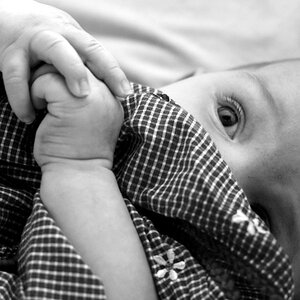timmermannen
TPF Noob!
- Joined
- Jan 21, 2016
- Messages
- 8
- Reaction score
- 1
- Can others edit my Photos
- Photos OK to edit
Hi, I have just taken out my old camera for use again, it is a canon powershot IS S2 5Mpixel and it must be ten years old by now. I would like to pick up photographing once again and now I wonder, how much have the technology for cameras improved in ten years?
Would it be such a big difference to buy a new camera that I should unhesitately do it or is the difference reasonably not that big so I can tag along with my old one a little while longer?
Would the picture quality be super-lousy compared to a camera of today?
Here is a pic I took with the camera yesterday in the beautiful Swedish winter we have atm.
Thanks for any advice,
Andreas

Would it be such a big difference to buy a new camera that I should unhesitately do it or is the difference reasonably not that big so I can tag along with my old one a little while longer?
Would the picture quality be super-lousy compared to a camera of today?
Here is a pic I took with the camera yesterday in the beautiful Swedish winter we have atm.
Thanks for any advice,
Andreas


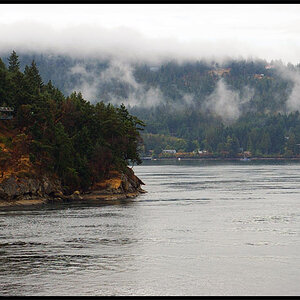
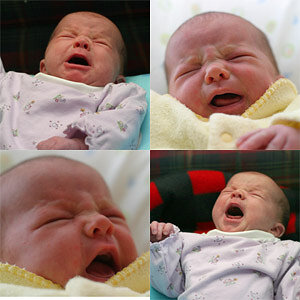



![[No title]](/data/xfmg/thumbnail/33/33362-84aacb865117bf8cba89104b89e9b36c.jpg?1619735927)
